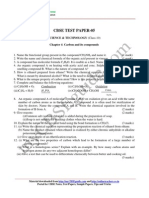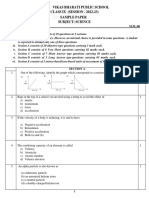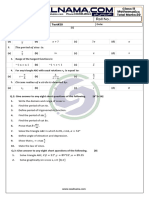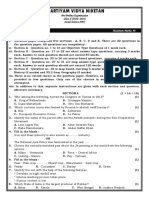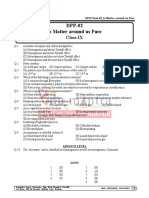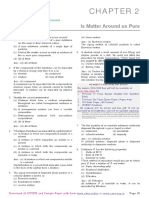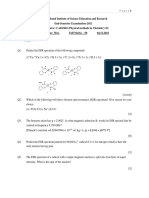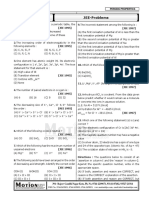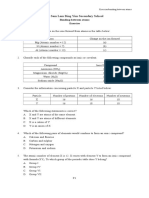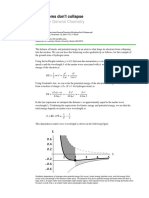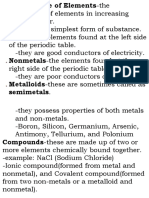CLASS IX TEST CH- STRUCTURE OF ATOM M.
M- 35
One Mark Questions
1. Is it possible for the atom of an element to have one electron, one proton and no neutron? If so, name
the element.
2. J. Chadwick discovered a subatomic particle which has no charge and has mass nearly equal to that of a
proton. Name the particle and give its location in the atom.
3. Electron attributes negative charge, protons attribute positive charge. An atom has both but why there is
no charge?
4. What is the maximum number of electrons which can be accommodated in ‘N’ shell?
5. What will be the valency of an atom if it contains 3 protons and 4 neutrons?
6. Out of elements 3417X and 4018Y, which is chemically more reactive and why?
7. In the atom of an element X, 6 electrons are present in the outermost shell. If it acquires noble gas
configuration by accepting requisite number of electrons, then what would be the charge on the ion so
formed?
8. An element ‘A’ has valency +3, while another element ‘B’ has valency -2. Give the formula of their
compound formed when ‘A’ reacts with ‘B’.
Two Mark Questions
9. Give two important applications of isotopes.
10. Write two characteristics of the canal rays.
11. The electronic configuration of phosphorus atom is 2, 8, 5. Give the electronic configuration of P 3- ion.
12. Define valence electrons. Which electrons of an atom are involved in the chemical bond formation with
other atoms?
13. Why do isotopes show similar chemical properties?
Three Mark Questions
14. In the gold foil experiment of Geiger and Marsden, that paved the way for Rutherford’s model of an
atom, ~ 1.00% of the a-particles were found to deflect at angles > 50°. If one mole of a-particles were
bombarded on the gold foil, compute the number of a-particles that would deflect at angles less than
50°.
15. Predict the valency of the following elements
(i) A (Atomic number 5) (ii) C (Atomic number 14) (iii) D (Atomic number 17)
16. Complete the table on the basis of information available in the symbols given below:
17. What information do you get from the figures about the atomic number, valency of atoms X, Y and Z?
Give your answer in a tabular form.
Five Mark Question
18. What is the gold foil experiment? Name the scientist who performed this experiment. Write the
conclusions and shortcomings of Rutherford’s model of atom.







